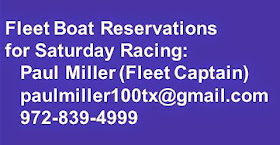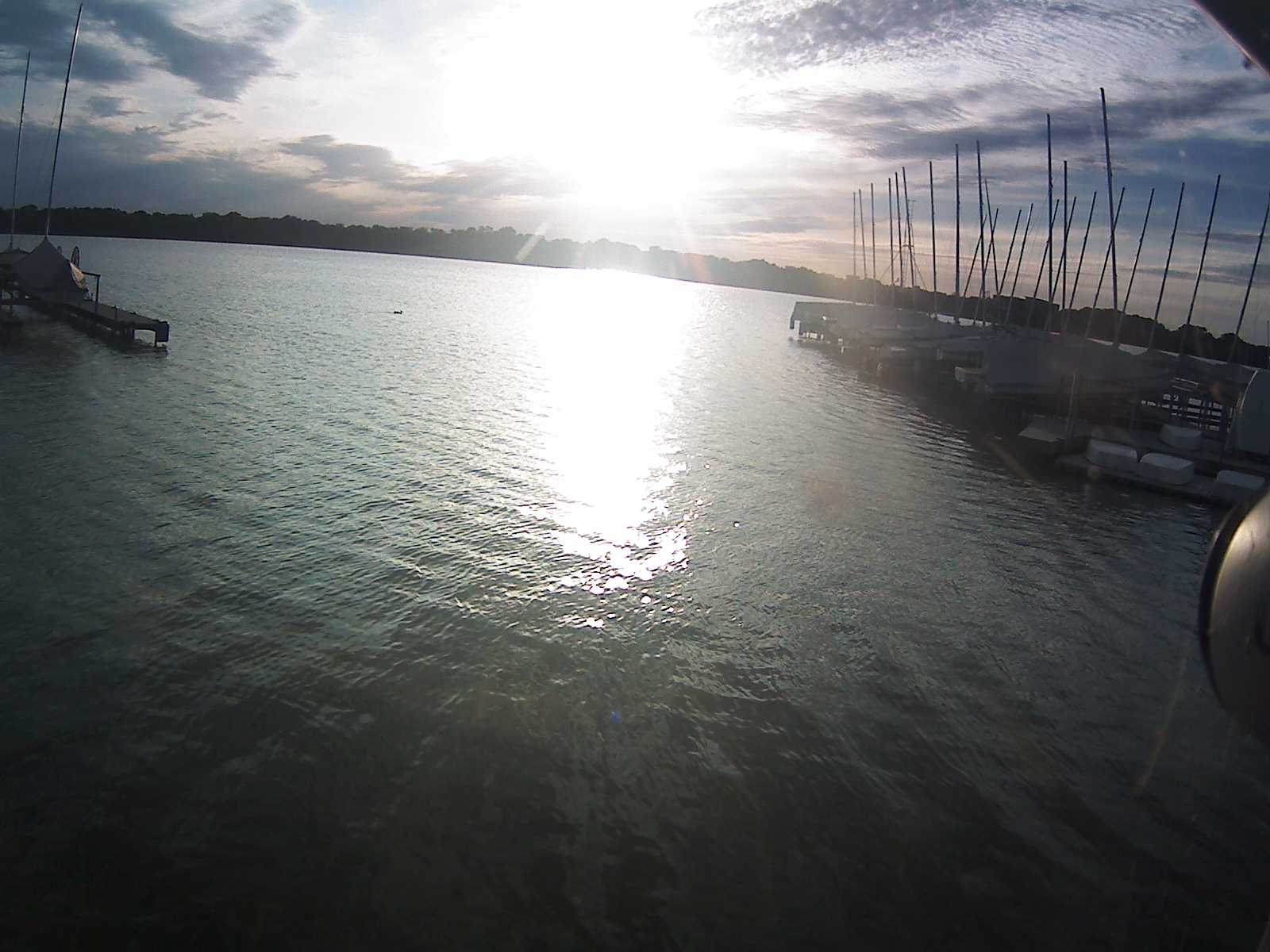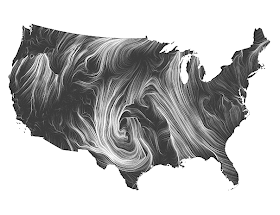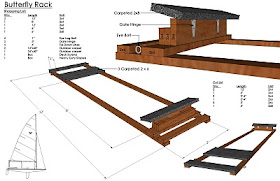DOWNWIND - PART 6: STAYING IN THE PRESSURE
at 11.29.2011
(c) 2011 Doug Peckover
A downwind leg at the 2000 Laser Master Worlds in Cancun taught me a big lesson. My good friend Jack Schlachter lives in Sydney and is fortunate to sail at Gosford Sailing Club, the home club of triple Laser World Champion Tom Slingsby. Jack is a great guy and, needless to say, a great sailor.
In this race at the Worlds, Jack had a healthy lead going up the first beat and rounded the weather mark in first place. Lasers back then alternated between two courses and that day we were sailing an inner trapezoid. Jack mistakenly thought it was an outer and went on a screaming reach instead of a run. He did not look back for a minute, then saw his mistake, jibed, and reached back. And back into first place again.
The lesson learned is that on a run, you can sail way outside the rhumb line (the shortest distance to the next mark) and not necessarily lose ground to your competitors. This is great news because it means that there are an almost unlimited number of routes that you can take downwind. This means that sailing on the ocean, where the wind is steady, you can go in any direction to chase the waves. Sailing on lakes, where the wind is rarely steady, you can go in any direction to chase the pressure.
In the last article, we talked about how sailing by the lee helps you keep track of the shifts going downwind. That’s part of playing the wind on a run. The other part is connecting the dots by looking for dark patches on the water. These show the puffs so that you can see where the pressure is. And all of this starts before you round the windward mark.
Most sailors just bear off and head for the next mark focusing on keeping their air clear from the competitors behind them, as shown with red path. I prefer to look upwind before I round the mark to check for dark patches of water that show where the pressure is coming from. In this diagram, I’m staying on a reach like Jack did and then bearing off only when the puff catches me. This is shown with the green path:
If the pressure is more on the right, then sailing by lee is preferable to catching the puff because jibing onto port means that you have no rights over any boat coming up the course. But remember that you have to always factor the boats behind you because their collective wind shadow can negate any puff.
When on the run, I like to look back every 30 seconds or so to check the changing wind patterns coming down the lake. In this next example, I’m sailing with two puffs coming down to me. I’d sail by the lee to the right in this diagram to catch the first puff and then broad reach over to catch the second:
Keeping your air clear when sailing downwind is important and most sailors are good at this. Equally important in lake sailing is catching as many of these puffs as possible. It’s amazing how two boats can be very close and one takes off in a puff and the other does not.
How often you look backwards depends on the conditions. The 2009 Butterfly Nationals were held on Lake Lotawana near Kansas City. This lake is more than a mile long but less than a quarter mile wide and there were definitely wind lanes coming down the narrow course. It was crucial to stay in one of these lanes and I actually sailed the runs facing backwards to make sure I didn’t miss anything.
One more thing is worth mentioning. If there are boats to windward of me, I like to disguise my next move. If possible, I wait until it’s too late for others to get into a puff before making my move:
Staying in the extra pressure is a great way to stretch a lead or pass other boats. There are also some tricks that can be used to catch the best part of a puff. We’ll look at this in the next article.













11/30/2011 11:54 AM
You should always being looking backwards towards the wind when going downwind, unless your boat is fast enough to catch puffs off the bow, skiffs some scows and cats. Otherwise looking forward for wind is a waste of time, lookng forward to not crash into someone is a different reason.